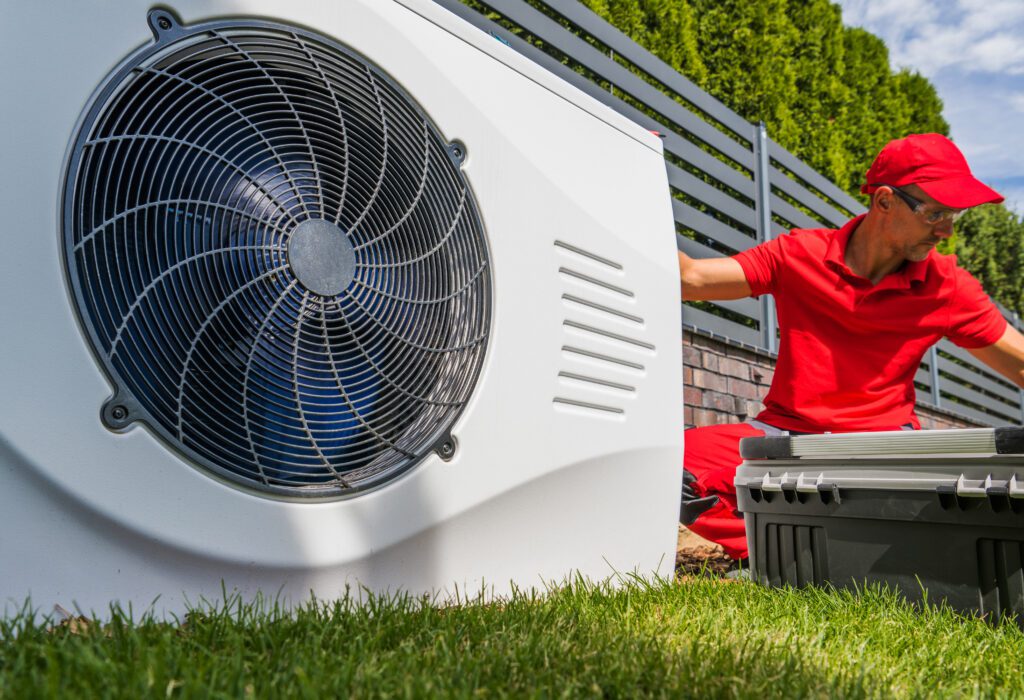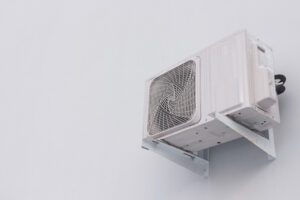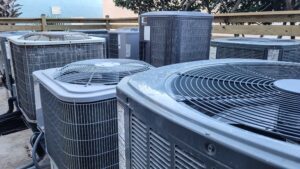Replacing a heat pump can be a daunting task for many homeowners. However, with the right knowledge and understanding of the process, it can be a smooth and successful endeavor. In this beginner’s guide, we will explore the basics of heat pumps, recognize the signs of a failing heat pump, evaluate the need for replacement, and provide step-by-step guidance on how to replace a heat pump. So let’s dive in and learn more about heat pump replacement!
Understanding the Basics of Heat Pumps
What is a Heat Pump?
A heat pump is a sophisticated heating and cooling system that harnesses the principles of thermodynamics to regulate indoor temperature. By leveraging the natural heat exchange process, heat pumps can efficiently warm or cool your living spaces. This innovative technology sets them apart from conventional heating and cooling systems, offering a more sustainable and energy-efficient solution for climate control.
One of the key advantages of a heat pump is its ability to provide both heating and cooling functions, eliminating the need for separate systems. This versatility not only enhances comfort but also contributes to cost savings and reduced environmental impact. Whether it’s a chilly winter day or a scorching summer afternoon, a heat pump can maintain a comfortable indoor environment throughout the year.
How Does a Heat Pump Work?
A heat pump operates by extracting heat from the air, ground, or water in its surroundings and transferring it to the interior of your home during colder seasons. This process, known as heat absorption, is facilitated by the refrigerant circulating within the system. The refrigerant absorbs heat energy from the external environment and carries it indoors, where it is released through the evaporator and condenser coils, raising the temperature inside your home.
Conversely, in warmer months, the heat pump reverses its operation to remove heat from your home and release it outside. By effectively managing the transfer of heat, the system can cool your living spaces, providing a refreshing escape from the summer heat. This continuous cycle of heat exchange enables the heat pump to maintain a consistent and comfortable temperature indoors, regardless of external weather conditions.
Different Types of Heat Pumps
There are various types of heat pumps available to suit different needs and preferences. Air source heat pumps, the most common variety, draw heat from the outdoor air and are relatively easy to install and maintain. Geothermal heat pumps, on the other hand, tap into the stable temperature of the earth for efficient heating and cooling, offering long-term energy savings. Hybrid heat pumps combine the benefits of a heat pump with a traditional furnace, ensuring reliable performance in extreme weather conditions by seamlessly switching between heating sources.
Each type of heat pump has its unique advantages and applications, allowing homeowners to select the most suitable option based on their climate, property size, and energy efficiency goals. Whether you opt for an air source, geothermal, or hybrid heat pump, you can enjoy year-round comfort and cost-effective heating and cooling solutions tailored to your specific requirements.
Recognizing the Signs of a Failing Heat Pump
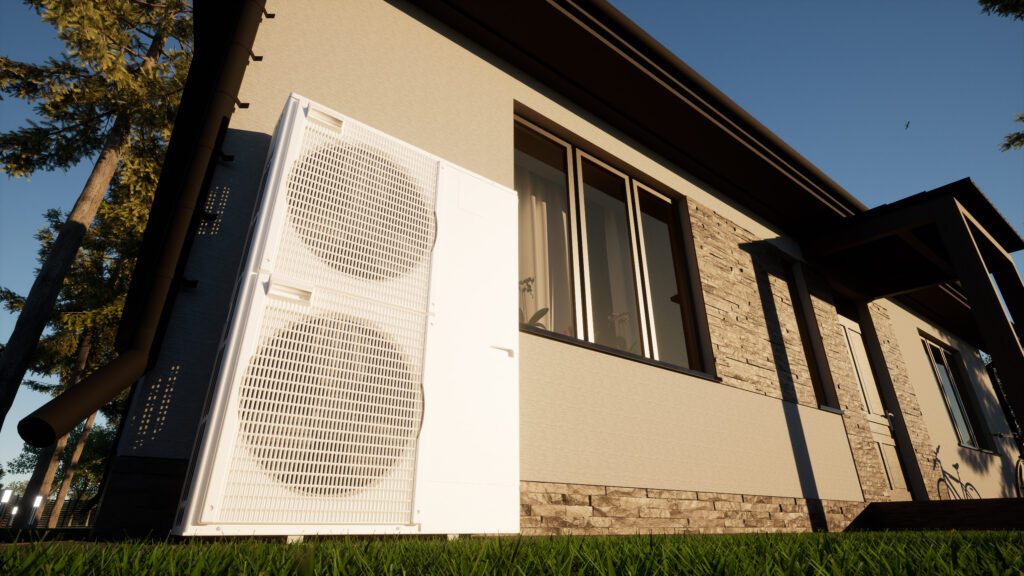
As the primary source of heating and cooling in many homes, a heat pump plays a crucial role in maintaining indoor comfort. Understanding the signs of a failing heat pump can help you address issues promptly and avoid unexpected breakdowns.
Decreased Efficiency
If you notice a significant decrease in your heat pump’s efficiency, such as longer heating or cooling cycles, it may be a sign that your heat pump is not functioning as effectively as it should. This can lead to higher energy bills and discomfort in your home. Factors such as dirty filters, refrigerant leaks, or worn-out components can contribute to decreased efficiency.
Regular maintenance, including cleaning or replacing filters, checking refrigerant levels, and inspecting for any worn parts, can help improve your heat pump’s efficiency and prolong its lifespan.
Unusual Noises
Unusual noises coming from your heat pump, such as grinding, hissing, or banging sounds, can indicate mechanical issues or worn-out components. Ignoring these noises can lead to further damage and potential breakdowns. It is essential to address these sounds promptly to prevent more extensive and costly repairs.
Professional HVAC technicians can diagnose the source of the unusual noises and recommend the necessary repairs or replacements to ensure your heat pump operates smoothly and quietly.
Frequent Repairs
If you find yourself constantly needing to repair your heat pump, it may be a sign that it is reaching the end of its lifespan. Multiple repairs can become costly over time, making replacement a more cost-effective option. Aging heat pumps may experience wear and tear, leading to frequent breakdowns and decreased efficiency.
Consulting with a qualified HVAC specialist can help you assess the condition of your heat pump and determine whether it is more economical to repair or replace the unit. Investing in a new, energy-efficient heat pump can not only improve your home’s comfort but also save you money on energy bills in the long run.
Evaluating the Need for Heat Pump Replacement
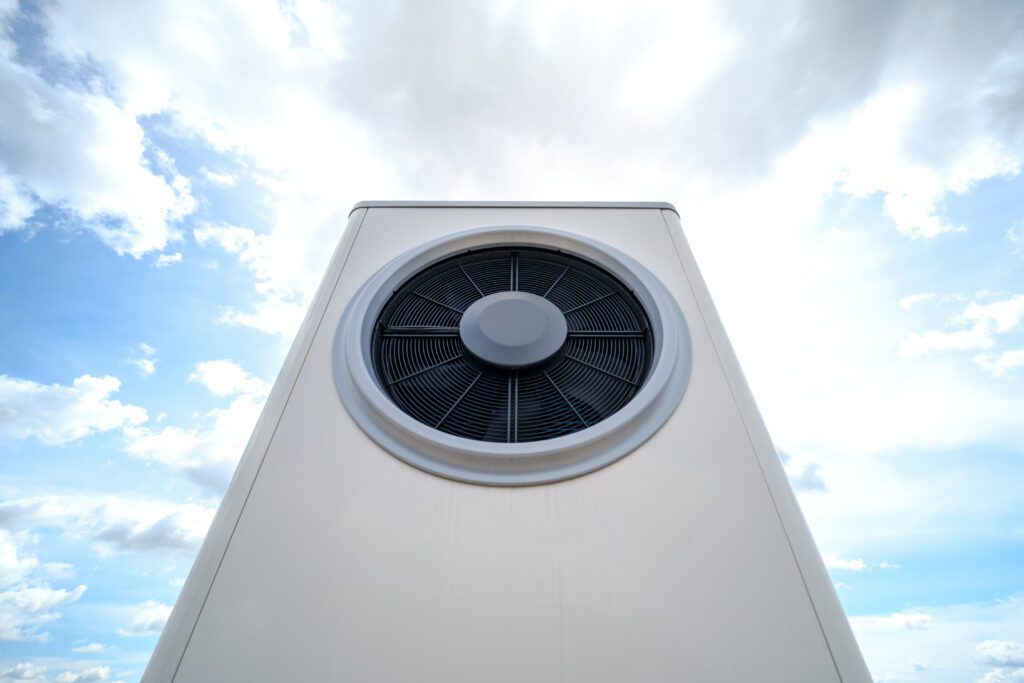
Age of the Heat Pump
The age of your heat pump is an important factor to consider when evaluating the need for replacement. Most heat pumps have a lifespan of 10 to 15 years. If your heat pump is nearing or exceeding this timeframe, it may be time to consider replacement.
It’s worth noting that as heat pumps age, their efficiency tends to decrease, leading to higher energy consumption and potential repair costs. Regular maintenance can help extend the lifespan of your heat pump, but eventually, a replacement may be the most cost-effective solution.
Rising Energy Bills
If you’ve noticed a steady increase in your energy bills without a corresponding change in usage, it could be a sign that your heat pump is becoming less efficient. Newer models are designed to be more energy-efficient, saving you money in the long run.
Modern heat pumps come with advanced features such as variable-speed compressors and smart thermostats, which optimize energy usage based on your specific needs. Investing in a new heat pump not only reduces your monthly utility bills but also contributes to a greener environment by lowering your carbon footprint.
Comfort Levels at Home
If you find it difficult to maintain a comfortable temperature in your home, even after trying various adjustments, your heat pump may no longer be capable of providing the desired level of comfort. Upgrading to a newer model can help improve indoor comfort.
Furthermore, newer heat pumps offer enhanced humidity control and air filtration capabilities, creating a healthier indoor environment for you and your family. By upgrading your heat pump, you can enjoy consistent temperatures throughout your home and eliminate hot or cold spots that may have been a source of discomfort in the past.
Steps to Replace a Heat Pump
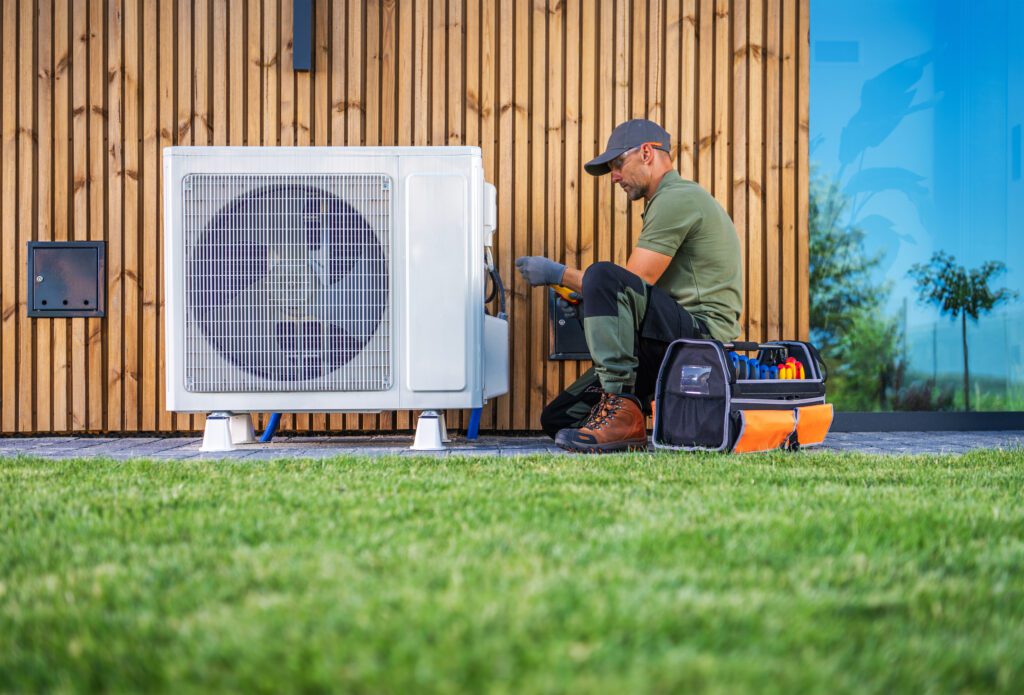
Choosing the Right Heat Pump
The first step in replacing a heat pump is selecting the right one for your home. Consider factors such as the size of your home, your climate, and your budget. Consulting with a professional can help you make an informed decision. It’s important to note that newer heat pump models often come with advanced features like variable-speed technology, which can enhance energy efficiency and comfort levels in your home.
When choosing a heat pump, also take into account the environmental impact of different models. Some heat pumps are designed to be more environmentally friendly, using refrigerants with lower global warming potential. This can contribute to reducing your carbon footprint and overall environmental impact.
Preparing for Installation
Prior to installation, it is important to prepare your home for the process. Clear the area around the existing heat pump and ensure easy access for the installation team. Additionally, gather any necessary permits or documentation required for the replacement. Proper preparation can help streamline the installation process and prevent any delays.
Consider discussing with your HVAC technician about the option of integrating smart thermostats or zoning systems with your new heat pump. These technologies can further enhance the efficiency of your heating and cooling system, allowing for personalized comfort settings and potential energy savings.
Understanding the Replacement Process
The replacement process involves removing the old heat pump, installing the new one, and making any necessary adjustments to ensure proper functionality. This should be done by a qualified HVAC technician to ensure safety and optimal performance. During the installation, take the opportunity to inquire about any available rebates or incentives for upgrading to a more energy-efficient heat pump model.
By following these steps and considering the signs of a failing heat pump, you can successfully navigate the process of replacing your heat pump. Remember, professional guidance and regular maintenance are crucial to keeping your new heat pump operating efficiently and effectively for years to come. Enjoy the comfort and energy savings that come with a properly functioning heat pump!

